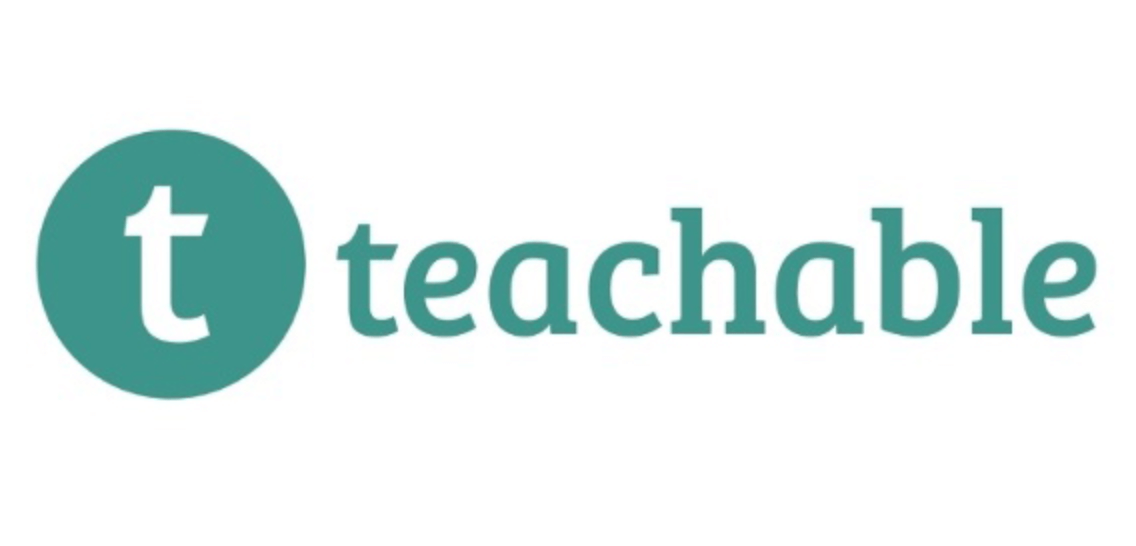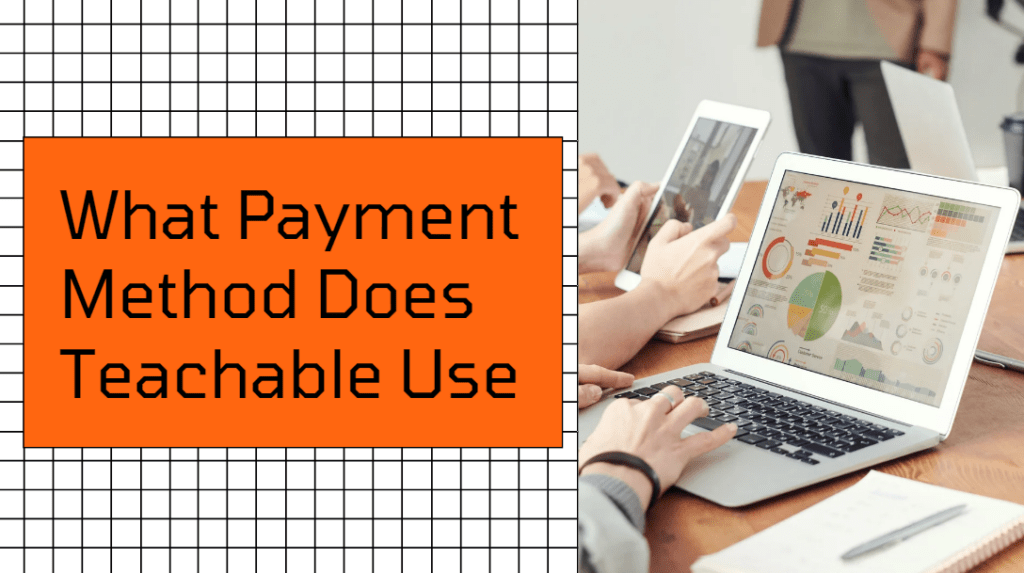Understanding payment methods supported by Teachable
As a platform with a long history of offering online courses, Teachable has cultivated relationships with a variety of payment providers, allowing course creators to accept payments from students worldwide. In this article, I will discuss the different payment methods supported by Teachable, including credit cards, PayPal, and Stripe. Additionally, I will explain how to set up each payment method, as well as any fees or restrictions associated with each. By going through each payment method in detail, I hope to provide you with the information you need to make the best decision for your online course business.

Default Payment Method on Teachable
Exploring the default payment method provided by Teachable
As an experienced user of Teachable, I am familiar with the default payment method provided by the platform. Teachable offers a Stripe-integrated payment processor to course creators, allowing you to receive payments from students enrolled in your courses. Stripe is a secure payment gateway and is considered one of the best payment processors available. In addition, Teachable’s default payment option is free to use and there are no additional charges for processing payments.
How the default payment method works for course transactions
When a student enrolls in your course and pays the course fee, the funds are securely transferred through Stripe to your Teachable account. After the payment is processed, the funds are transferred to your chosen payment method, such as PayPal or a bank account. This process is seamless and efficient, enabling you to receive payments quickly and securely. Furthermore, Teachable takes care of compliance with various payment regulations, ensuring the security of all your transactions.

> > Click Here to Start Teachable for Free < <
PayPal Integration
Benefits of using PayPal as a payment method on Teachable
As an experienced user of Teachable, I can attest to the benefits of using PayPal as your payment method. As one of the most popular online payment systems, PayPal is trusted and secure, allowing students to purchase courses with confidence. Additionally, PayPal offers a variety of options, allowing you to accept payments from credit cards, debit cards, and bank transfers. This flexibility can be especially valuable for international students, as PayPal supports a wider range of currencies than many other payment systems.
Step-by-step guide to integrating PayPal with your Teachable account
Integrating PayPal with Teachable is relatively straightforward. To begin, log in to your Teachable admin dashboard and select the “Payments” option from the left-side menu. Then, select the “Configure” button next to the PayPal logo. Here, you will need to enter your PayPal account information in order to enable payments. After confirming the details, PayPal will automatically be integrated with your Teachable account. Now, when a student makes a purchase, their payment will be processed through PayPal. It’s that easy!

> > Click Here to Start Teachable for Free < <
Stripe Integration
Overview of Stripe as a payment gateway supported by Teachable
As an experienced Teachable user, I have come to appreciate the platform’s Stripe integration, which makes it easy to accept payments from students and process refunds, if needed. Stripe is a secure and reliable payment gateway that supports a variety of payment methods, such as credit and debit cards, Apple Pay, and Google Pay. Additionally, Stripe supports over 135 currencies, allowing Teachable users to accept payments from around the world.
Setting up Stripe for processing payments on Teachable
Setting up Stripe for processing payments on Teachable is straightforward. From the Teachable dashboard, navigate to the “Settings” tab and select “Payments.” Click on the “Connect with Stripe” button, enter your personal information, and complete the verification process. Once this is done, you will be able to accept payments via the Stripe payment gateway and begin generating revenue from your online courses.

> > Click Here to Start Teachable for Free < <
Custom Payment Gateways
Exploring the Option of Using Custom Payment Gateways With Teachable
As an experienced user of Teachable, I have gained an understanding of the platform’s payment gateway options. Teachable offers a range of payment gateways to collect payments from your students, including PayPal and Stripe, for processing credit card payments. Additionally, Teachable allows you to integrate certain custom payment gateways with your online school so that you can offer your students alternate payment methods.
Requirements and Process for Integrating Custom Payment Gateways
Integrating a custom payment gateway with Teachable is straightforward but requires some technical knowledge. To do this, you must first ensure that the payment gateway you are trying to integrate is supported by Teachable. Then, you will need to add the gateway’s API keys and other necessary credentials to the Teachable dashboard. Finally, you will need to configure the gateway and test to make sure it is working properly. Depending on the payment gateway, the process may vary, but the Teachable support team can provide additional help and resources if needed.

> > Click Here to Start Teachable for Free < <
Currency Options
Available currency options for course pricing on Teachable
As a course creator, one of the most important considerations is setting up the currency for your course pricing. Teachable offers a range of currency options, allowing course creators to set prices in local currencies that are most convenient for their students. On Teachable, course creators can choose from over 30 different currencies for their course pricing, including U.dollars, Euros, British pounds, and Canadian dollars. Additionally, Teachable supports a variety of payment processors, including Stripe and PayPal, which offer global payment solutions for your courses.
Configuring and managing currencies in your Teachable account
After choosing a currency for your course, you can configure and manage the currencies in your Teachable account. From your Teachable dashboard, you can access the “Currency” tab to view or add currency settings. From here, you can select your default currency, add additional currencies, and enable auto-conversion for multiple currencies. Additionally, you can set up automatic currency conversion for students using different currencies when checking out. By configuring currency settings in your Teachable account, you can ensure that your course is priced correctly in a variety of currencies, making it easier for a global audience to purchase your course.

> > Click Here to Start Teachable for Free < <
Payment Schedule and Payouts
Understanding Teachable’s payment schedule and payout process
As a Teachable user, I understand how important it is to know the details of the payment schedule and the payout process. Teachable offers several options when it comes to payments, allowing users to accept payments in numerous currencies and via a range of payment methods. When a student enrolls in a course, the payment is sent directly to the instructor, who then sets up their own payment schedule and payout process.
Tracking and managing your earnings and payouts on Teachable
Once you have set up your payment schedule and payout process, you can track and manage your earnings and payouts on Teachable. By accessing the “Payments” section on the platform, you can view all of your payments in real-time, allowing you to stay on top of your earnings. Additionally, you can set up automated payouts to make sure that your payouts are sent to the correct accounts at the right time.This ensures that you can keep track of your earnings with ease.

> > Click Here to Start Teachable for Free < <
Security and Compliance Considerations
Ensuring the Security of Financial Transactions on Teachable
I understand the importance of a secure payment method on any platform. Teachable recognizes this and has taken steps to ensure that all financial transactions on its platform are processed in a secure and compliant manner. This includes using industry-standard encryption protocols to protect data and employing PCI DSS-compliant, payment providers. Additionally, Teachable is compliant with the GDPR, ensuring the privacy and safety of user data.
Complying with Financial Regulations and Requirements
I have been impressed with Teachable’s commitment to compliance, not only in terms of user privacy but also in terms of financial regulations. The platform ensures it is compliant with a variety of financial regulations, including the Credit Card Industry Data Security Standard (PCI DSS), the Payment Card Industry Data Security Standard (PCI DSS), and the Payment Card Industry Data Security Standard (PCI DSS). In addition, Teachable is compliant with the Sarbanes-Oxley Act (SOX), which requires financial stability and accuracy from businesses. Overall, I have found Teachable to be compliant and secure with regards to processing financial transactions.

> > Click Here to Start Teachable for Free < <
Evaluating Alternative Payment Methods
Exploring other payment methods not directly supported by Teachable
Teachable is a popular platform for creating and selling online courses, but it does not directly support all payment methods. As a user of Teachable, I have had to evaluate alternative payment methods in order to offer students more flexible ways to purchase my courses. In doing so, I have researched and tested a variety of payment options, each with their own pros and cons.
Pros and cons of different payment options
When it comes to alternative payment methods, the most popular options include PayPal, Stripe, Apple Pay, Google Pay, and Credit Cards. Each of these payment methods has its own benefits and drawbacks. PayPal and Stripe are commonly used payment processors that support a wide range of currencies, but they both charge a fee for each transaction. Apple Pay and Google Pay are convenient and secure options, but both are limited to certain countries. Finally, Credit Cards are arguably one of the most popular payment methods, allowing customers to pay quickly and securely. However, they also come with some fees that might discourage some customers from using them.

> > Click Here to Start Teachable for Free < <
Conclusion
Recap of the payment methods supported by Teachable
In this article, I discussed the payment methods supported by Teachable and the advantages and disadvantages of each. Teachable is able to process payments from major credit and debit cards, as well as PayPal, Apple Pay, Google Pay, and Stripe. Additionally, Teachable also supports international payments, allowing users to accept payments from international customers.
Choosing the payment method that best suits your needs
As you can see, Teachable provides a wide variety of payment options for its users. When choosing the right payment method for your Teachable school, it is important to consider the needs of your students as well as your own. Major credit and debit cards are the most widely accepted payment methods and may be the best choice for most people. However, if you have a large international customer base, you may want to consider offering additional payment options, such as PayPal and Stripe. Ultimately, the payment method you choose should reflect the needs of your business and your customers.
